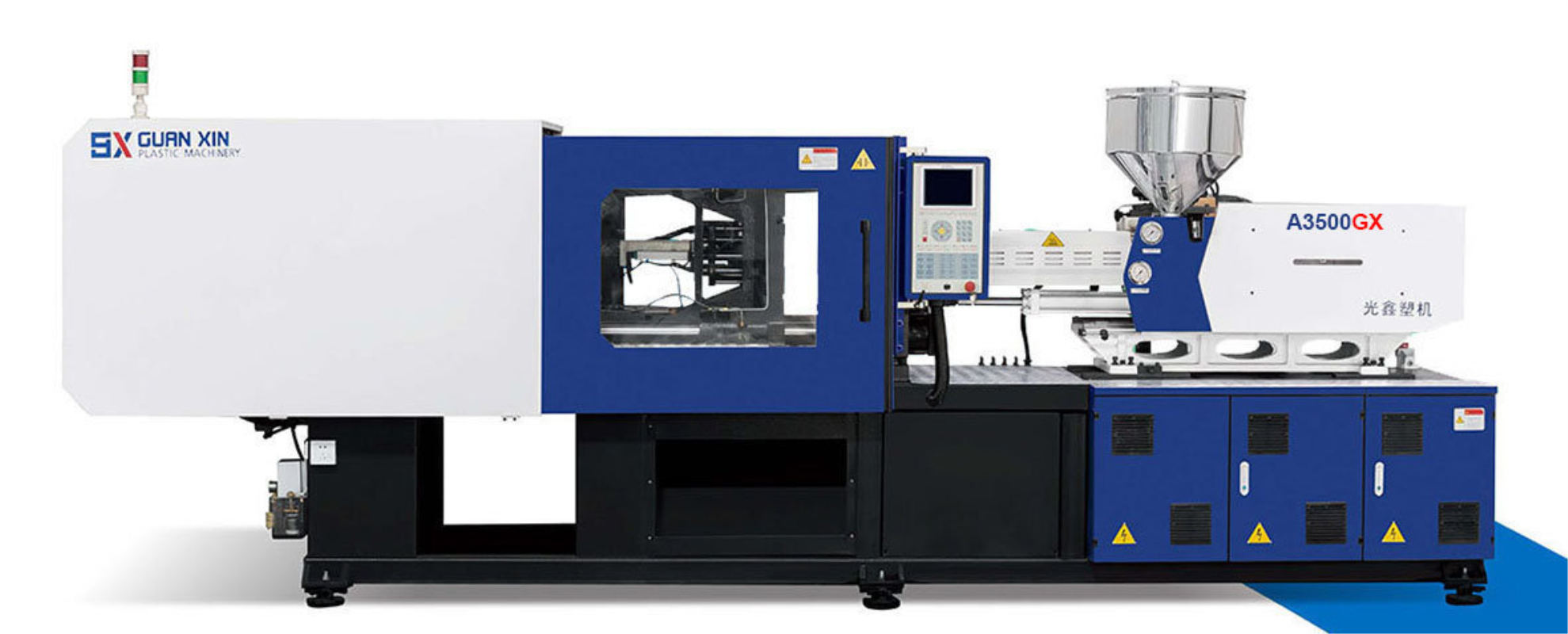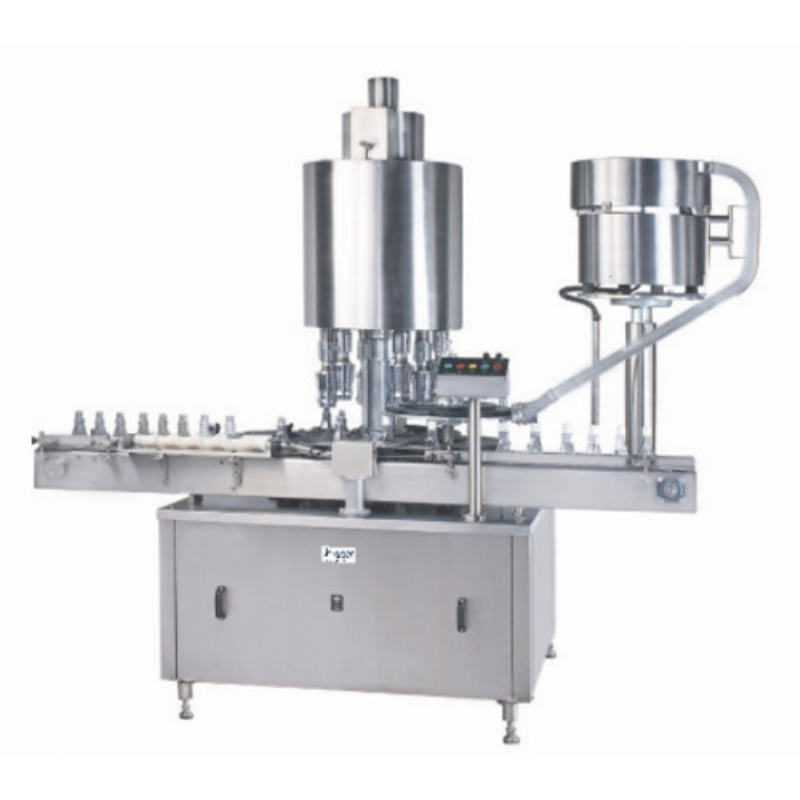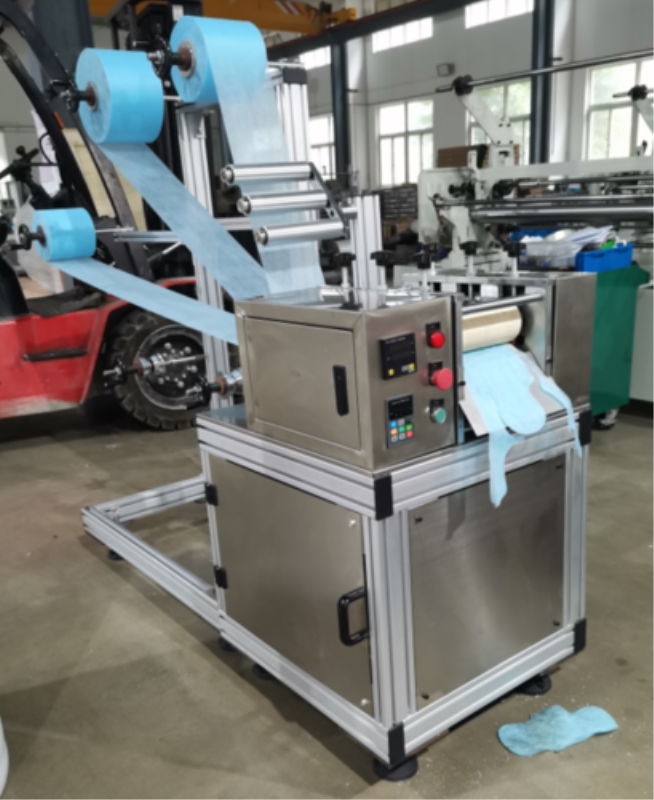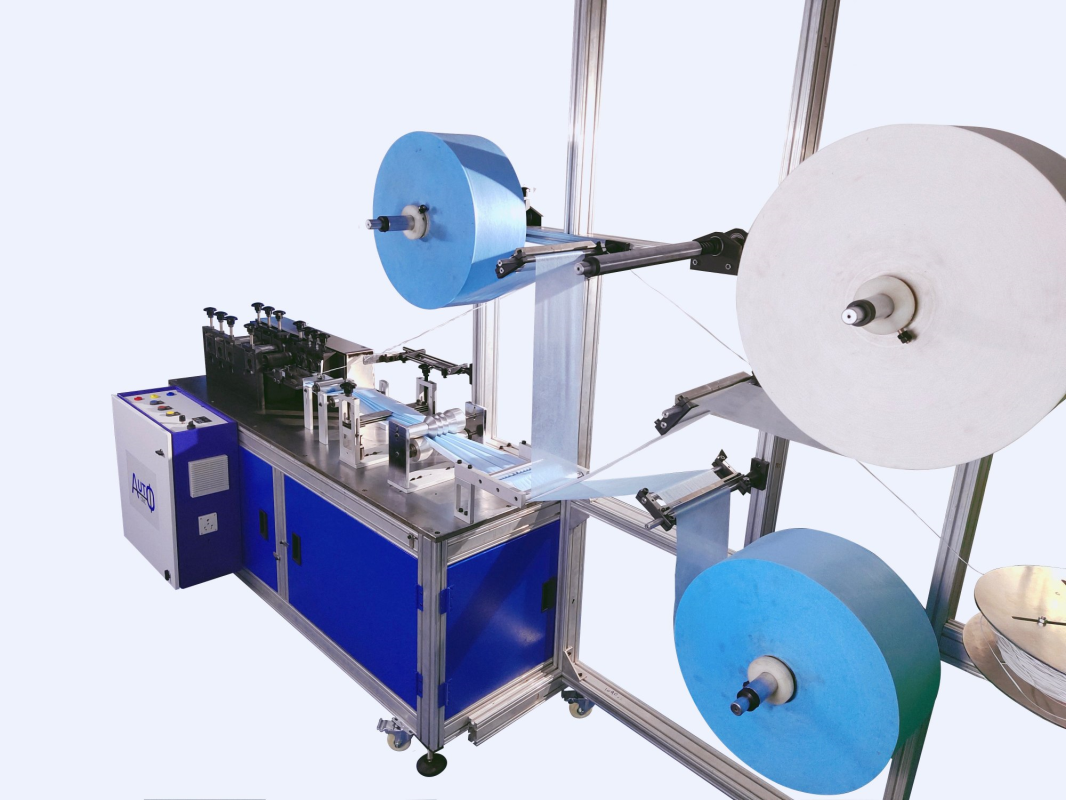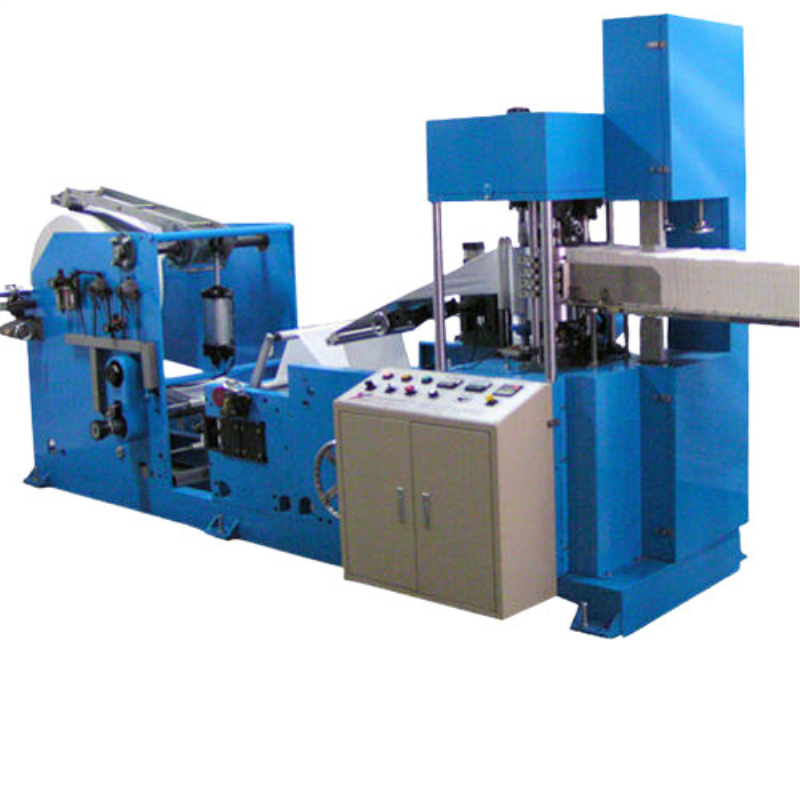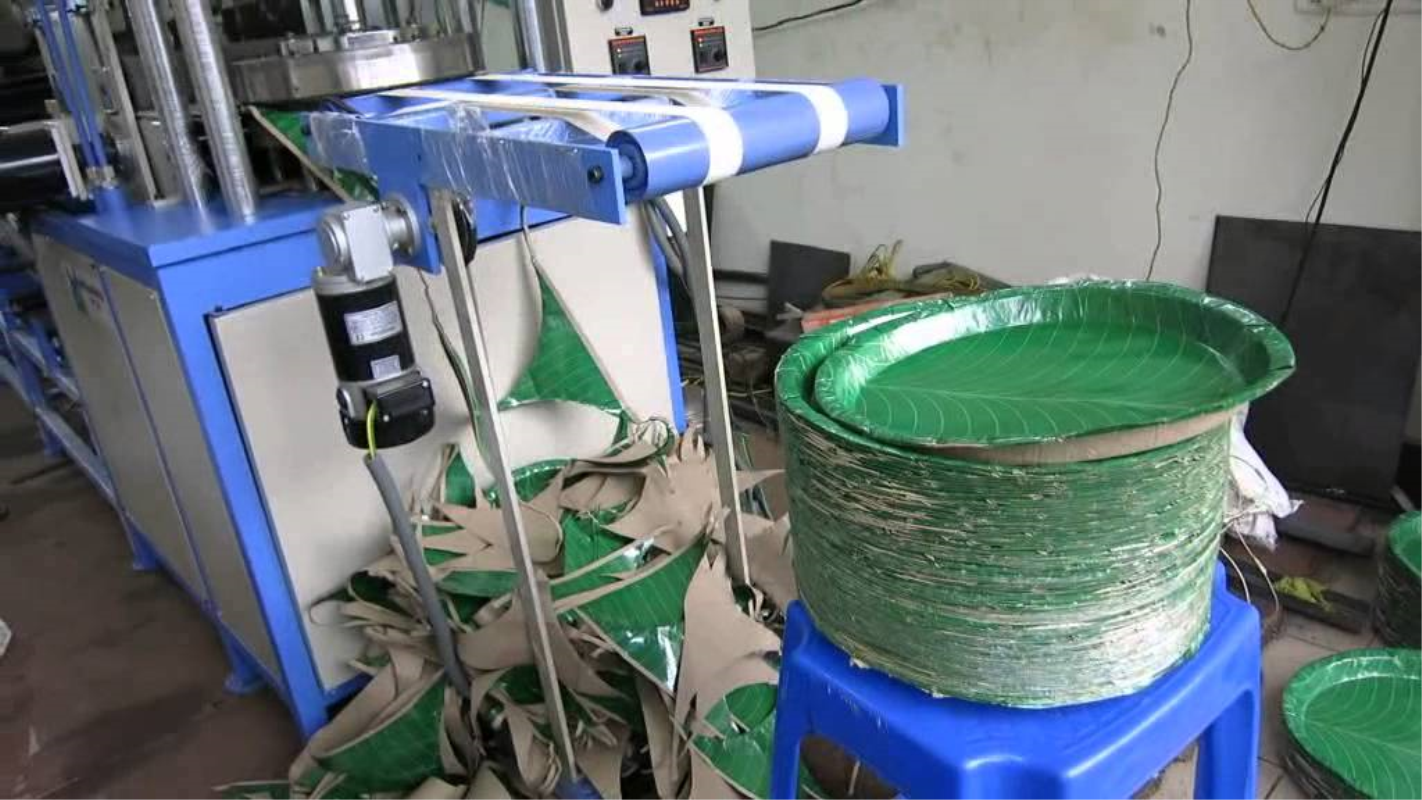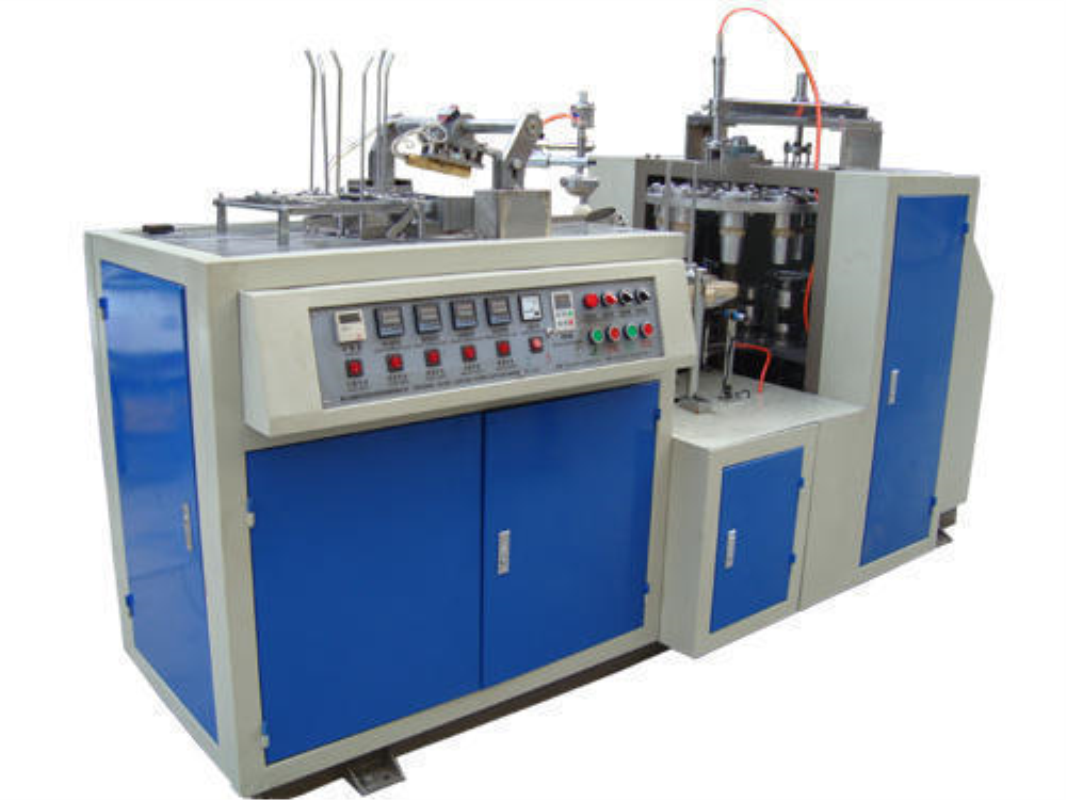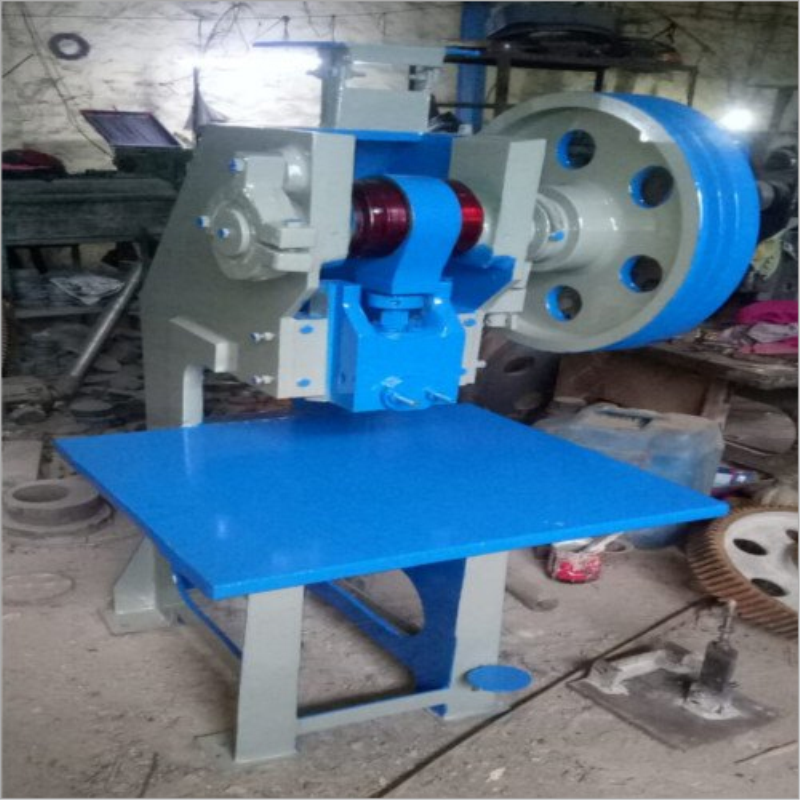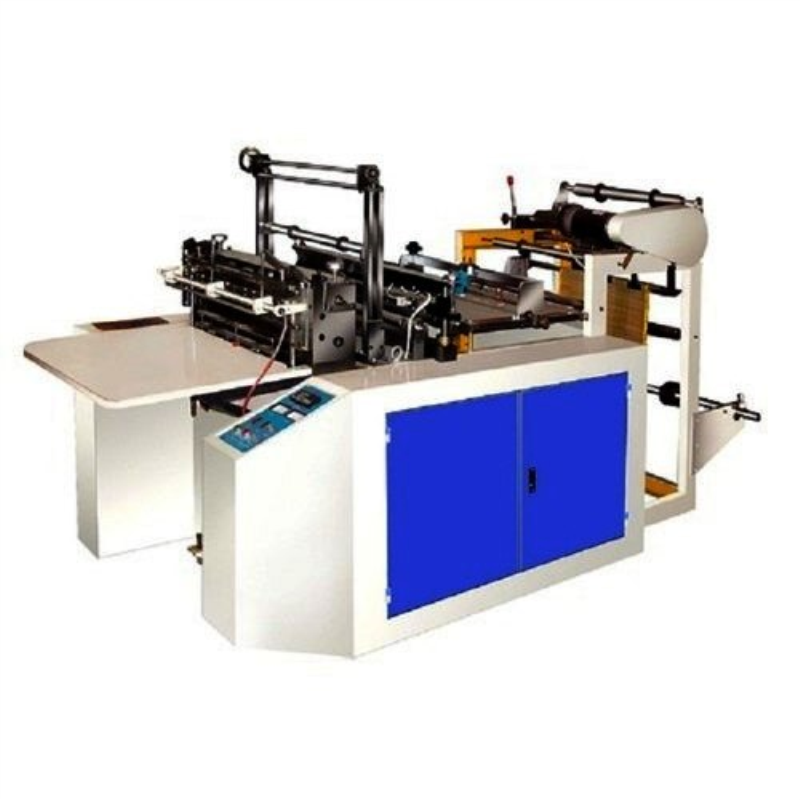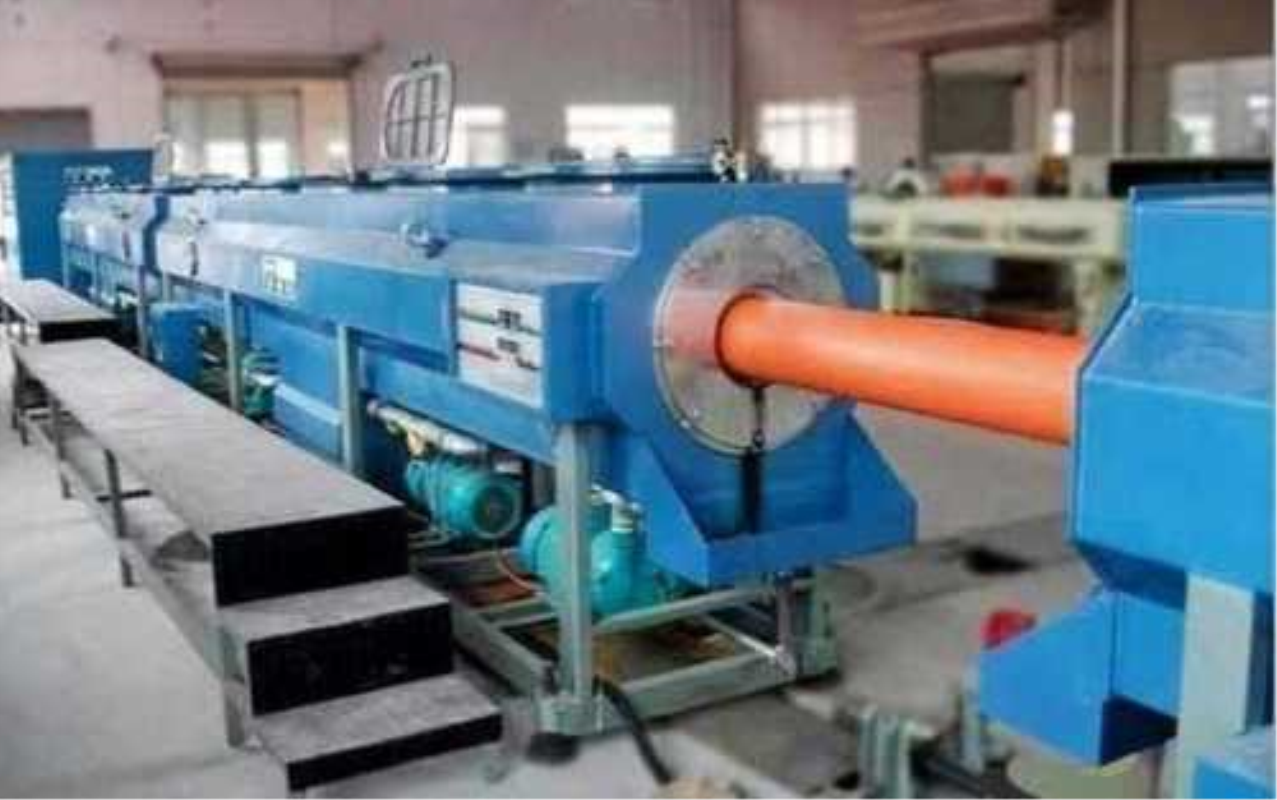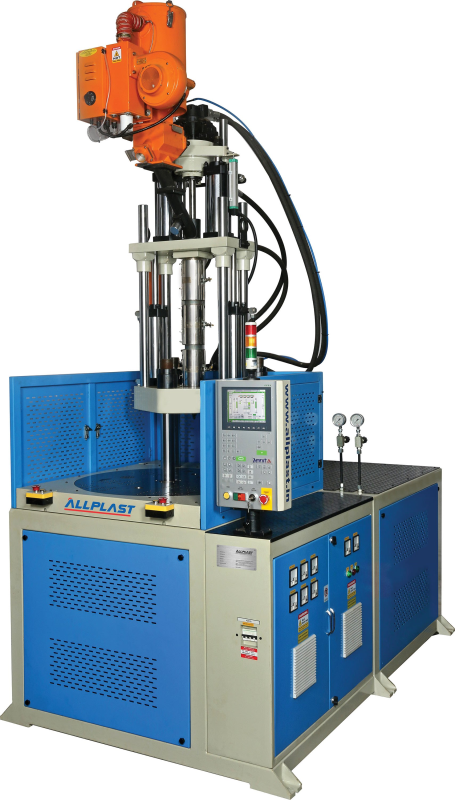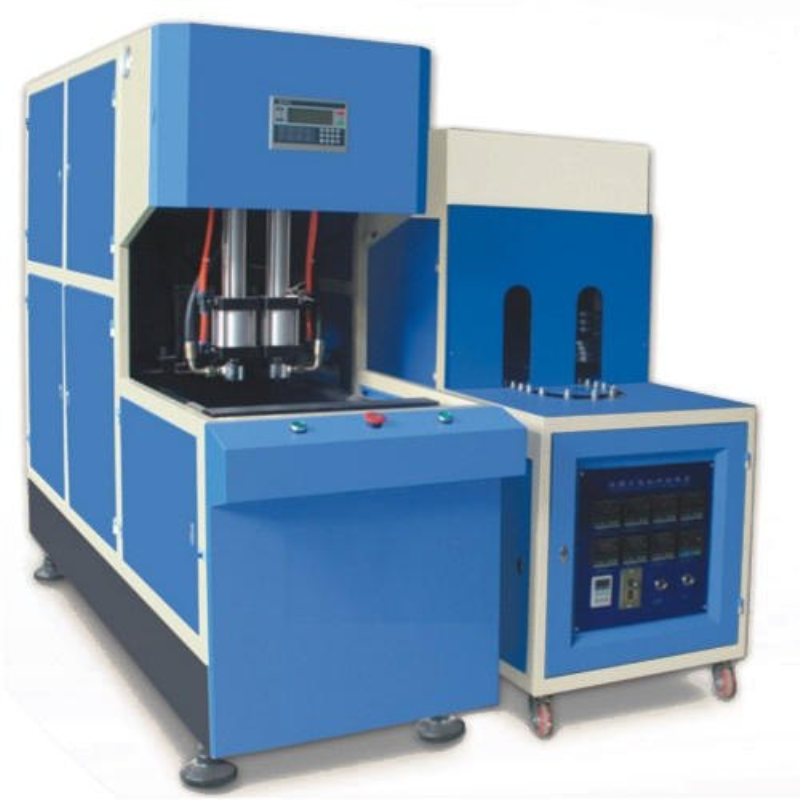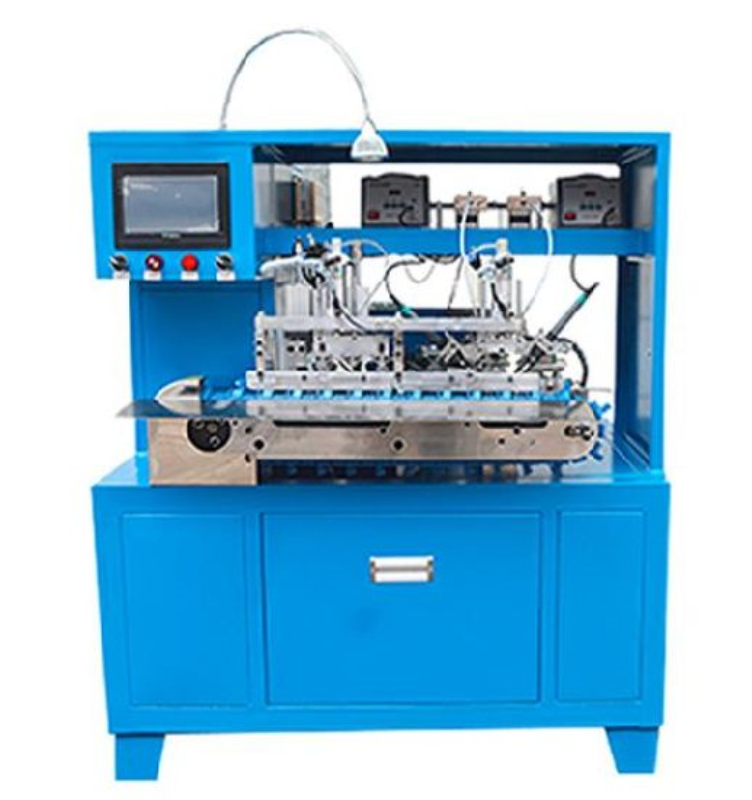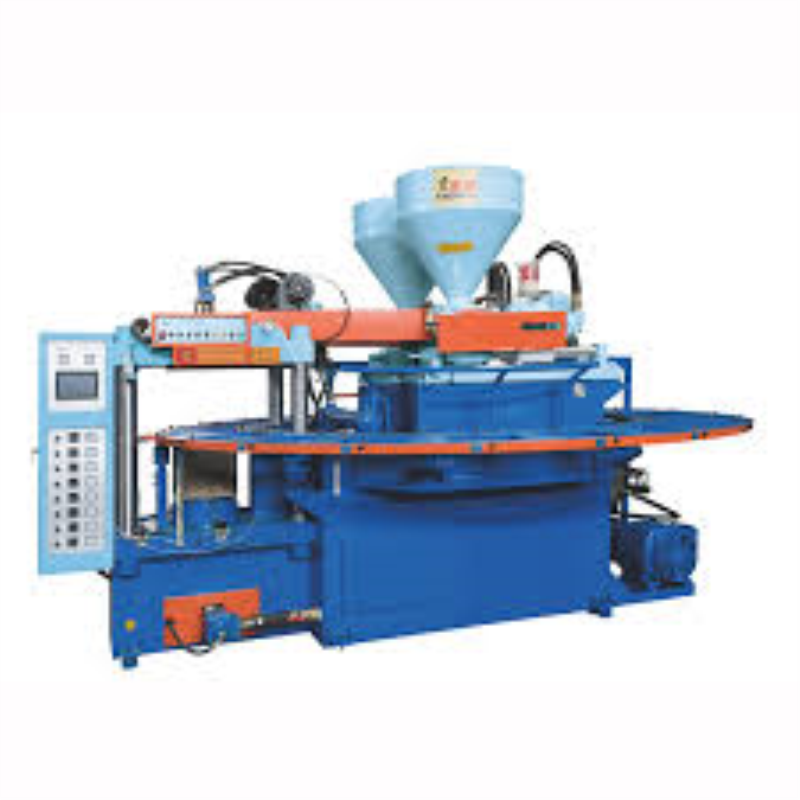Bucket Manufacturing Machine – Efficient Solutions for High-Quality Bucket Production
A bucket manufacturing machine, also known as a pail making machine or bucket production machine, is a specialized piece of equipment used for the automated production of buckets and pails of various sizes and materials. These machines play a crucial role in the packaging, construction, and industrial sectors by enabling efficient and consistent production of containers used for storing and transporting various materials.
Here's a more detailed overview of the components and operation of a bucket manufacturing machine.
Components of a Bucket Manufacturing Machine
- Raw Material Feed: The machine takes in the raw materials needed for making buckets, such as plastic pellets or metal sheets.
- Molding or Forming Unit: The machine uses injection molding or other forming techniques to shape the raw materials into the desired bucket shape.
- Handle Attachment (Optional): For buckets with handles, the machine may include a mechanism to attach handles securely.
- Labeling or Printing (Optional): Some machines have optional units for labeling or printing logos, branding, or other information on the buckets.
- Cooling and Solidification: The formed buckets go through a cooling process to solidify the material and ensure the desired shape is maintained.
- Quality Control and Inspection: Some machines incorporate sensors and systems to inspect the buckets for defects or irregularities before packaging.
- Packaging: The finished buckets are packaged for distribution, often with protective materials to prevent scratching or damage.
Operation
- Raw Material Loading: The raw materials, such as plastic pellets or metal sheets, are loaded into the machine.
- Molding or Forming: The machine uses injection molding or other forming techniques to shape the raw materials into bucket molds.
- Handle Attachment (Optional): Handles may be attached if the bucket design includes them.
- Labeling or Printing (Optional): Logos, branding, or other information can be printed or labeled on the bucket surface.
- Cooling and Solidification: The formed buckets go through a cooling process to solidify the material.
- Quality Control: Sensors and systems inspect the buckets for defects or irregularities before packaging.
- Packaging: The finished buckets are packaged for distribution.
Key Considerations
- Bucket Size and Material: Different machines are designed for producing buckets of various sizes and materials, including plastic, metal, or other materials.
- Handle Option: Some machines allow for the attachment of handles to buckets.
- Labeling or Printing: Machines may offer options for branding or labeling buckets.
- Quality Control: Ensuring consistent quality is essential for producing reliable buckets.
- Customization: Some machines offer customization options for bucket design and features.
- Automation: Higher levels of automation can improve production efficiency and reduce manual intervention.
- Maintenance and Training: Proper maintenance and operator training are important for smooth operation and machine longevity.
Bucket manufacturing machines contribute to packaging solutions for various industries, including construction, manufacturing, agriculture, and more. They play a role in producing containers that are used for storage, transportation, and various applications in both commercial and industrial settings.

